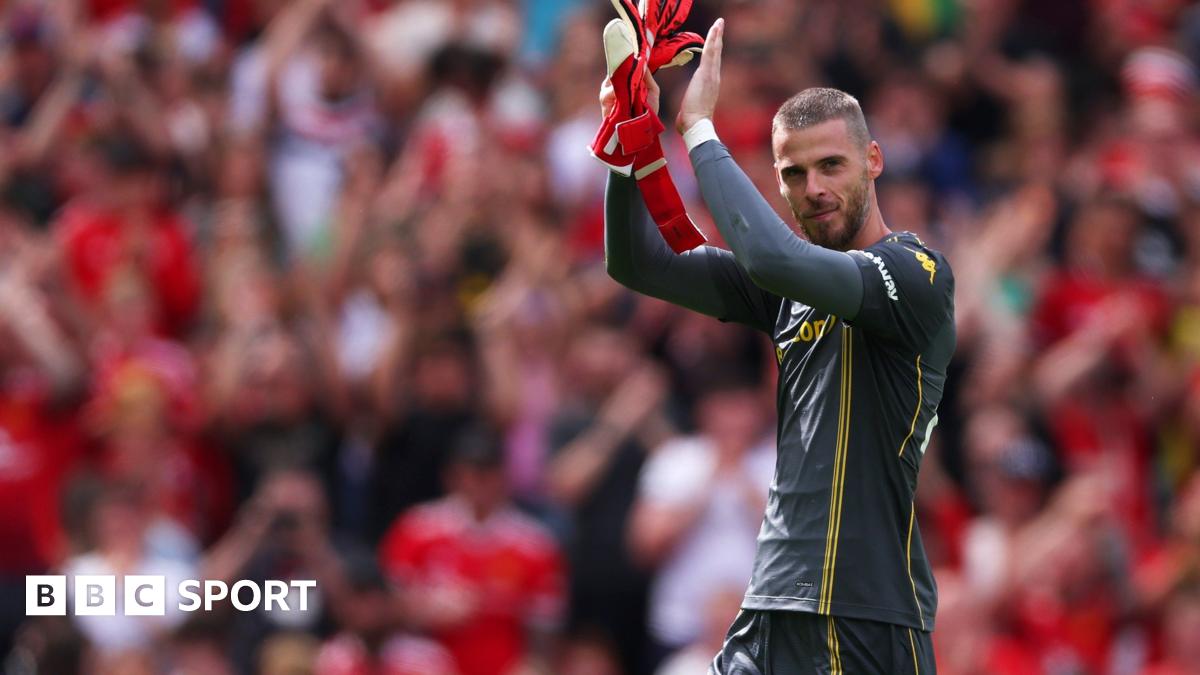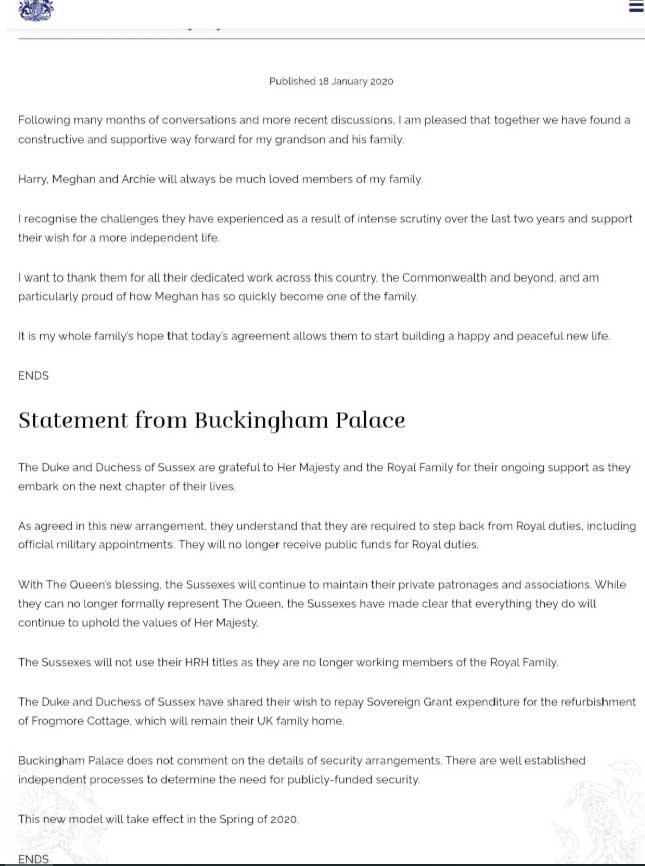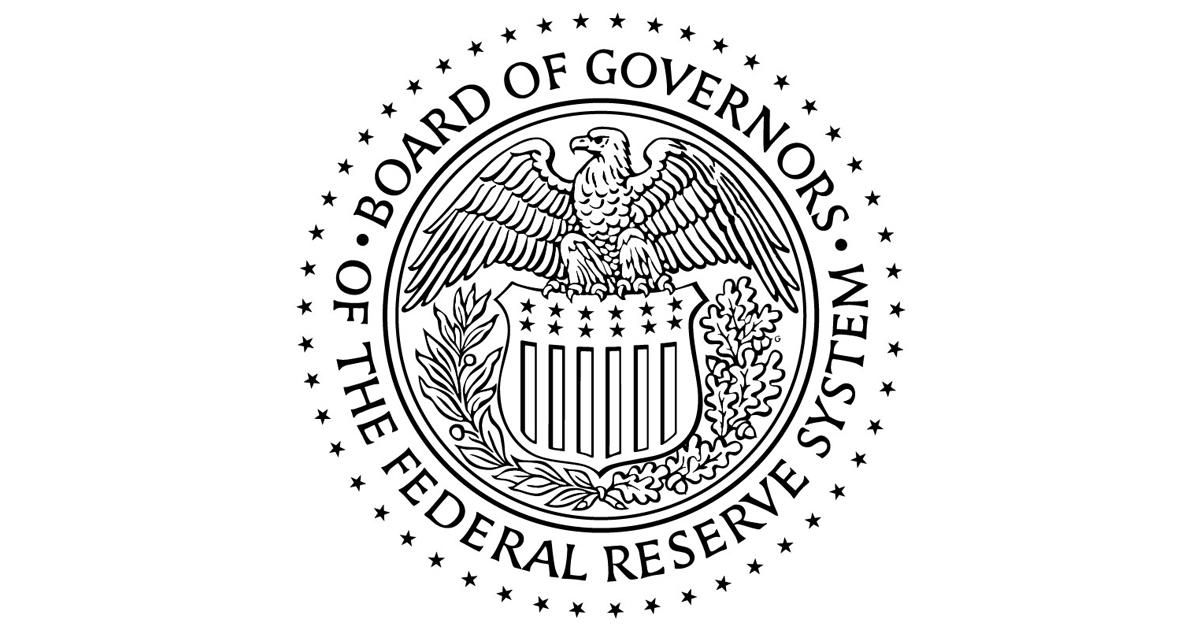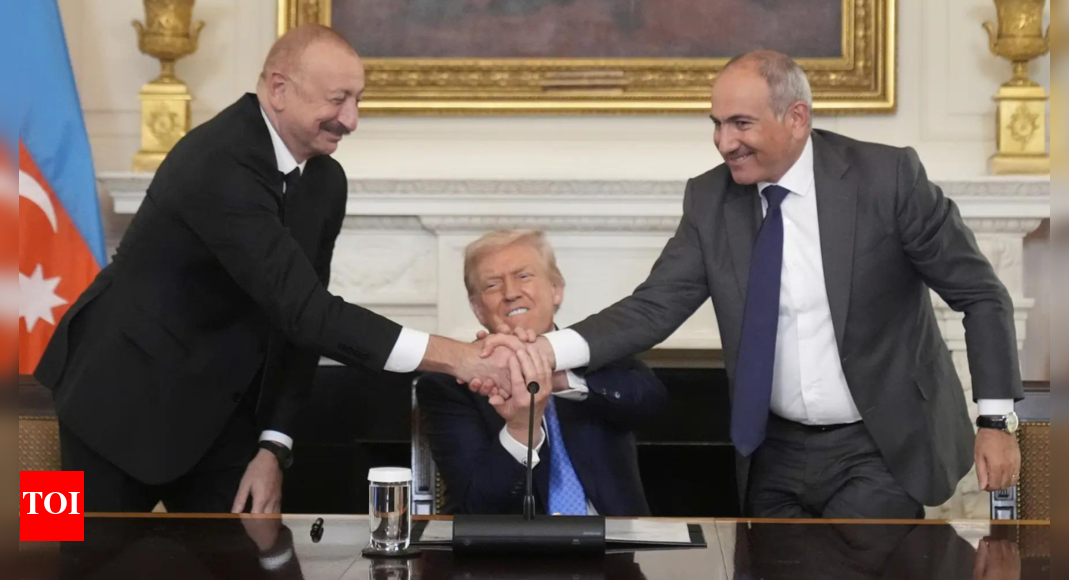Thank you for inviting me to speak to you today.1 It is wonderful to join you again this year, now as the Fed’s Vice Chair for Supervision. Since assuming this important financial regulatory role, we have hit the ground running—addressing some of the most critical matters in the bank regulatory space, all of which fall under the broad categories of improving efficiency, transparency, and fairness. Often, the “headline” issues coming out of the Federal Reserve and the other banking regulators are ones that affect the largest firms. And many are critical for both economic growth and financial stability.
But banks of all sizes, especially community banks, play a vital role in our economy and financial system, and we are continuing to directly engage as we draft regulatory and supervisory reforms. Community banks drive local economic growth, and they play a central role in the financial health of the customers and communities they serve, but these banks also face unique challenges.
I will begin today by sharing my outlook on the economy and an update on the recent meeting of the Federal Open Market Committee (FOMC) before I dig a bit deeper into community banking issues.
Update on the Most Recent FOMC Meeting
At last week’s FOMC meeting, I dissented from the Committee’s decision to hold the policy rate at its current level. Today I’d like to share some additional perspective about my views on the economy. So far this year, the FOMC has held the target range for the federal funds rate steady at 4-1/4 to 4-1/2 percent. Earlier this year, I believed our policy stance was appropriate, giving time to allow the Committee to monitor the progress of inflation toward our goal and to better understand the impacts of the Administration’s policies on the economy.
At the June FOMC meeting and in a speech shortly following that meeting, I began to lay out my reasoning to support the process of beginning to gradually lower the federal funds rate in July based on my assessment of signs of fragility in labor market conditions.2 In my view, economic conditions appeared to be shifting, and as a result, we should reflect this shift in our policy decisions. Inflation has moved considerably closer to our target, after excluding temporary effects of tariffs, and the labor market has remained near full employment. As my dissent statement notes, with economic growth slowing this year and signs of a less dynamic labor market becoming clear, I see it as appropriate to begin gradually moving our moderately restrictive policy stance toward a neutral setting. Taking action at last week’s meeting would have proactively hedged against the risk of a further erosion in labor market conditions and a further weakening in economic activity.
Economic Conditions and Outlook
The U.S. economy has been resilient so far this year. Underlying economic growth has slowed markedly, but despite increasing signs of fragility as the latest employment report more clearly shows, the labor market appears to remain near estimates of full employment.
So far this year, consumer spending softened while residential investment declined, contributing to a much slower increase in private domestic final purchases compared to strong gains in 2024. Consumer spending on both goods and services has risen only modestly, reflecting slow gains in disposable personal income, lower levels of liquid savings, and high credit card utilization by lower-income households. Housing activity has declined, including in single-family home construction and sales, as listings of homes for sale are growing and house prices are falling, which suggests weakness in housing demand to a level last seen during the financial crisis.
Although the unemployment rate remained historically low at 4.2 percent in July, the latest employment report confirmed some of the signs of fragility and reduced dynamism in the labor market that I discussed at last week’s FOMC meeting without the benefit of having seen the July report. The unemployment rate moved back up in July and was close to rounding up to 4.3 percent, largely reflecting reduced hiring as businesses continue to retain existing workers instead of increasing layoffs. The employment-to-population ratio has dropped significantly this year, suggesting more softening in labor market conditions than the unemployment rate implies.
Payroll employment growth slowed sharply to only 35,000 jobs per month over the three months ending in July. This is well below the moderate pace seen earlier in the year, likely due to a significant softening in labor demand. The sharp slowdown partly reflects the downward revision to payroll employment in both May and June, which, to put it in perspective, is comparable only to a few other two-month revisions over the past 30 years. In addition, job gains have been centered in an unusually narrow set of industries that tend to be less affected by the business cycle. For example, healthcare and social services have more than accounted for total job gains over the past three months, and the share of industries with job gains over the last six months dropped in July to a historically low level.
Turning to price stability, the 12-month measure of core personal consumption expenditures (PCE) inflation stood at 2.8 percent in June, a bit lower than at the end of last year. However, after removing estimates of one-off tariff effects on goods prices, core PCE inflation would have been lower than 2.5 percent in June, which is significant progress and much closer to our 2 percent target. This progress reflects a considerable slowing in core services inflation, which is consistent with recent softness in consumer spending and the labor market no longer being a source of inflation pressures.
The underlying trend in core PCE inflation appears to be moving much closer to our 2 percent target than is currently shown in the data. With housing services inflation on a sustained downward trajectory and other core services inflation already consistent with 2 percent inflation, only core goods inflation remains elevated—likely reflecting limited passthrough from tariffs.
In terms of risks to achieving our dual mandate, as I gain even greater confidence that tariffs will not present a persistent shock to inflation, I see that upside risks to price stability have diminished. With underlying inflation on a sustained trajectory toward 2 percent, softness in aggregate demand, and signs of fragility in the labor market, I think that we should focus on risks to our employment mandate.
With the memories of pandemic worker shortages still fresh, businesses have chosen to maintain, instead of reducing, their work forces in response to the slowing economic conditions. And they seem to be more willing to reduce profit margins as they are less able to fully pass through higher costs and raise prices given the weakness in demand. If demand conditions continue to soften, businesses may need to begin to lay off workers, recognizing that it may not be as difficult to rehire given the shift in labor market conditions.
On trade policy, foreign suppliers are absorbing some of the new tariffs, and importers are shifting to lower tariffed sources. Slack in the economy should also allow for only limited one-time price effects this year and very little, if any, “second-round” effects on inflation in the medium term. I also expect that less restrictive regulations, lower business taxes, and a more friendly business environment are likely to boost supply and offset any tariff-related effects on economic activity and prices over the medium term.
The Policy Decision and the Path Forward
With tariff-related price increases likely representing a one-time effect, my view is that inflation will return to 2 percent after these effects dissipate. Because changes in monetary policy take time to work their way through the economy, it is appropriate to look through temporarily elevated inflation readings and therefore remove some policy restraint to avoid weakening in the labor market.
As I recognize that economic conditions are shifting, I believe that beginning to move our policy rate at a gradual pace toward its neutral level will help maintain the labor market near full employment and ensure smooth progress toward achieving our dual mandate. I see the risk that a delay in taking action could result in a deterioration in labor market conditions and a further slowing in economic growth.
Before our next meeting in September, we will receive a range of additional economic data and information, including another employment and two inflation reports. A proactive approach in moving policy closer to neutral, from its current moderately restrictive stance, would help avoid a further unnecessary erosion in labor market conditions and reduce the chance that the Committee will need to implement a larger policy correction should the labor market deteriorate further.
In my view, it is also important that the Committee’s approach to monetary policy decision making is consistent over time—especially when we face shifting economic conditions. I recognize and appreciate that other FOMC members may see things differently and that they were more comfortable with leaving the target range for the policy rate unchanged. I am committed to working together with my colleagues to ensure that monetary policy is appropriately positioned to achieve our dual goals of maximum employment and price stability. In the meantime, I will continue to carefully monitor the incoming data and information as the Administration’s policies, the economy, and financial markets continue to evolve.
I have discussed many times in the past that, in recent years, the monthly labor market data have become increasingly difficult to interpret, in part, reflecting declining survey response rates and the changing dynamics of immigration and net business creation. It is crucial that U.S. official data accurately capture cyclical or structural changes in the labor market in real time so that we can more confidently rely on these data for monetary and economic policymaking. So, I remain cautious about taking too much signal from data releases, but I see the latest news on economic growth, the labor market, and inflation as consistent with greater risks to the employment side of our dual mandate.
My Summary of Economic Projections includes three cuts for this year, which has been consistent with my forecast since last December, and the latest labor market data reinforce my view. I want to reiterate, though, that monetary policy is not on a preset course. At each FOMC meeting, my colleagues and I will make our decisions based on each of our assessments of the incoming data and the implications for and risks to the outlook, guided by the Fed’s dual-mandate goals of maximum employment and stable prices. I will also continue to meet with a broad range of contacts to discuss economic conditions as I assess the appropriateness of our monetary policy stance going forward.
Prioritizing Community Banking Issues
Turning back to community banking, I’d like to share some thoughts about how we identify the key issues facing community banks and prioritize them in our regulatory and supervisory reform efforts.
My approach to prioritizing these issues remains consistent and clear—it starts with outreach. Throughout my time as a member of the Board, I have focused on meeting with and listening to community bankers to better understand the unique challenges they face. What are the most significant threats to their business? How have regulations harmed or improved their ability to operate safely and soundly? How have competitive factors evolved within their communities? How do they see the business of banking evolving with the introduction of new technologies? Engaging with you and other community bankers has been a critical input to informing my views on the current state of bank regulation and supervision, which also shapes my priorities for regulatory and supervisory initiatives.
As regulators seek to identify problems in the bank regulatory system and craft approaches to address them, it is imperative that we focus on issues that impact community banks. And I am very pleased to announce that the Board will host a conference focused on community banking in Washington, D.C., on October 9th to ensure that our work is fully informed. We will bring together bankers, industry experts, academics, and other stakeholders to discuss and identify matters targeted to support our ongoing work.
We will continue to fully engage and to understand these banks’ concerns. And, apart from fraud, which I’ll discuss in more detail in a moment, the Federal Reserve has already started looking at elements of the bank regulatory framework unique to community banks. This includes the community bank leverage ratio (CBLR), liquidity sources and regulatory expectations, and rethinking capital options and operations for mutual banks.
The CBLR is a good example of a well-intentioned measure that underachieved in providing regulatory relief. The CBLR is an optional framework that was designed as an alternative to risk-based capital measures for community banks. A community bank that complies with the CBLR is deemed to comply with risk-based capital requirements.3
Statutory limitations on the CBLR restricted the framework to between 8 and 10 percent for qualifying community banks.4 The agencies initially established the CBLR at 9 percent just as I joined the Board in late 2018.5 In rationalizing this setting, the agencies focused primarily on how many banks would be eligible to opt into the framework at their current capital levels and whether it could essentially retain the same high level of capital in the system.
Implicit in this approach seems to be a view that Congress intended the agencies to keep the same overall amount of capital supporting community banks. However, by statute, Congress provided a range, and the low end is double the standard leverage ratio capital requirement of 4 percent. The regulators also retained many of the same restrictive definitions, like the definition of qualifying tier 1 capital with associated exclusions and caps, that apply more generally to the largest institutions. While there were 4,022 community banks as of the first quarter of 2025, only 1,662 had opted into the CBLR.6
Notably, data show that smaller community banks are more likely to have adopted the CBLR framework. About 53 percent of eligible community banks with assets less than $1 billion have opted in, compared to 26 percent of community banks with assets exceeding $1 billion. These smaller community banks play a significant and unique role in the U.S. economy through their support of local businesses, job creation, and investing in their communities.
In my view, it is time to consider modifications to the CBLR framework that make it a more attractive framework and will encourage more banks to adopt it. We should also consider whether it was appropriately designed and calibrated to fulfill the Congressional intent to achieve regulatory relief. For example, reducing the CBLR requirement from 9 percent to 8 percent could not only allow more community banks to adopt the framework but also increase balance sheet capacity for all CBLR firms, facilitating additional support for local economies through lending.
Since the 2023 failure of Silicon Valley Bank, there has been increased scrutiny on the liquidity sources banks use. Some policymakers have expressed skepticism of long-established and reliable sources of liquidity, particularly liquidity provided by the Federal Home Loan Banks. One proposal, which is perhaps a solution in search of a problem, is to push for an expanded use of the discount window. Under this view, regulators (through requirement or supervisory pressure) would require banks to pledge and maintain assets at the discount window. Banks would be expected to use the discount window as a daily liquidity source, even when other, lower-cost liquidity sources are available like FHLB. But this solution seems to have bypassed the threshold question of whether there is a problem. Effective reform efforts require actual identification of a problem and a practical approach relying on an informed view of the business of banking.
Other small bank concerns have persisted for even longer. Mutual banks have existed since the early 1800s but have long faced limited capital options and restrictions on managing capital distributions.7 I have spoken about these issues in detail in the past, so I will not rehash them today. In the past, when regulators prioritized regulatory reform by asset size alone, they neglected critical issues that affect smaller institutions. Our responsibilities as prudential regulators should be broadly focused on banks of all sizes, ensuring relief across the broad range of asset sizes.
What I have discussed so far today is not an exhaustive list of the work underway at the Board and in partnership with the other agencies. On June 23, the Board announced that reputational risk would no longer be considered in the examination process.8 To implement this lasting change, we are updating guidance, examination manuals, handbooks, and other supervisory materials to ensure the durability of this approach, which is a critical step in addressing the problem of de-banking. A few additional initiatives include changes to provide transparency and efficiency in the supervisory process, better defining “safety and soundness,” reviewing and updating relevant asset thresholds used in establishing supervisory categories and regulatory requirements, and rationalizing and updating Bank Secrecy Act and anti-money-laundering requirements.
We have reached a point of opportunity for community banks. It is time to build a framework that supports their strength and vitality, recognizing their unique characteristics so they can prosper long into the future.
Fraud in the Financial System
While the upcoming community bank conference will enable us to explore a number of new and longstanding challenges, we are already aware of many that demand attention. Direct outreach with the banking industry has provided insight into economic and financial conditions across a wide range of communities and a close-up perspective of bankers’ concerns. A common theme from these discussions is that fraud continues to pose material challenges and risks to banks and their customers. The sophistication of the techniques fraudsters use has greatly expanded, yet the tools to detect fraud have not kept pace.
Consider the fraud risks introduced by artificial intelligence (AI). During a recent banking conference at the Fed, Sam Altman, the CEO of Open AI joined me for a fireside chat on AI in the banking and financial industry.9 The discussion highlighted how AI can be used to undermine common multifactor security measures. Banks must be able to identify new types of fraud where AI tools mimic customer voices and images, including by video. It is important that AI developers, bankers, and regulators focus on developing tools that can detect this type of activity enabling them to confirm a customer’s identity in real time, training their teams to spot signs of AI-driven impersonation.
While banks have important responsibilities to detect and prevent fraud, we should also consider proposals to help mitigate the risks of fraud. For example, liability for fraud may not always rest with those best positioned to prevent or detect it. Limits on information sharing among firms may leave them more vulnerable to fraud threats and activities. This vulnerability could be addressed through better socialization of the methods and approaches criminals use to perpetrate fraud, and more effective enforcement and information sharing among law enforcement and financial institutions.
In addition, in mid-June, the Federal Reserve, FDIC, and OCC published a request for information (RFI) seeking comment on addressing payments and check fraud.10 Check fraud has grown substantially over the past several years, resulting in financial harm to banks, especially community banks, and the consumers and businesses who are the victims of fraud. While this has been a well-known problem for several years, efforts by regulators have been slow to advance and seem to have done little to address this growing threat.
While the RFI is an important first step, addressing fraud will require a coordinated strategy involving banks, federal and state regulators, law enforcement, bank customers, the postal service, and others in the payments and tech industry. We must improve communication, ensure that there’s appropriate accountability and that responsibility for preventing fraud and liability are appropriately assigned, and revise outdated regulations like Regulation CC implementing the Expedited Funds Availability Act.
The RFI comment period closes on September 18, and I encourage all stakeholders to share their views. We must have a comprehensive strategy to develop and implement an effective, coordinated approach, and your input is vital to getting that approach right. I look forward to reviewing these comments.
Closing Thoughts
Community banks are the cornerstone of the banking and financial system, supporting local communities and their customers. Too often, these banks have been overlooked, with too little attention paid to longstanding and emerging issues and industry and consumer concerns.
The Fed’s upcoming community bank conference will provide a welcome opportunity to hear from bankers, industry, and academics about the unique issues and challenges they face. Looking ahead, I will continue to include and prioritize a review, refinement, and reform of regulations to address these concerns.
1. The views expressed in these remarks are my own and do not necessarily reflect those of my colleagues on the Board of Governors of the Federal Reserve System or the Federal Open Market Committee. Return to text
2. See Michelle W. Bowman, “Unintended Policy Shifts and Unexpected Consequences (PDF),” speech at Assessing the Effectiveness of Monetary Policy during and after the COVID-19 Pandemic, a research conference sponsored by the International Journal of Central Banking and the Czech National Bank, Prague, Czech Republic, June 23, 2025. Return to text
3. Economic Growth, Regulatory Relief, and Consumer Protection Act (PDF), Pub. L. No. 115-174, 132 Stat. 1296 (2018), § 201. Return to text
4. Id. The CBLR framework is available only for more traditional community banks, taking into account off-balance sheet exposures, trading assets and liabilities, total notional derivatives exposures, and other factors determined by the banking agencies. Return to text
5. 84 Fed. Reg. 61,776 (PDF) (November 13, 2019). Return to text
6. Federal Deposit Insurance Corporation, Quarterly Banking Profile (PDF), 2025, Volume 19, Number 2, at 20-21. Return to text
7. See Michelle W. Bowman, “Brief Remarks on the Economy, and Perspective on Mutual and Community Banks (PDF),” remarks at the New England CEO Summit, Portsmouth, New Hampshire, January 31, 2025. Return to text
8. See Board of Governors of the Federal Reserve System, “Federal Reserve Board Announces That Reputational Risk Will No Longer Be a Component of Examination Programs in Its Supervision of Banks,” press release, June 23, 2025. Return to text
9. Board of Governors of the Federal Reserve System, Fireside Chat, Vice Chair for Supervision Michelle W. Bowman and Sam Altman, OpenAI CEO (July 22, 2025). Return to text
10. See Board of Governors of the Federal Reserve System, Office of the Comptroller of the Currency, and Federal Deposit Insurance Corporation, “Federal Bank Regulatory Agencies Seek Comment to Address Payments and Check Fraud,” press release, June 16, 2025. Return to text









